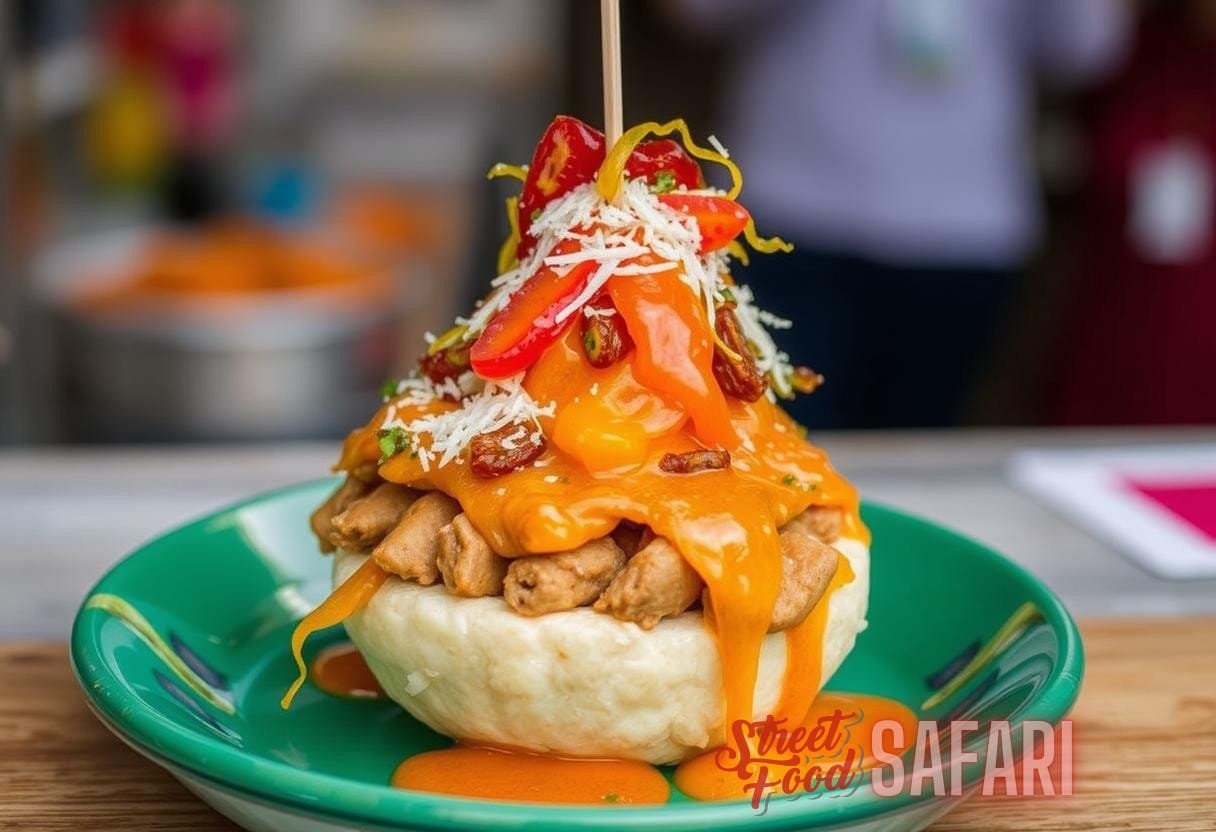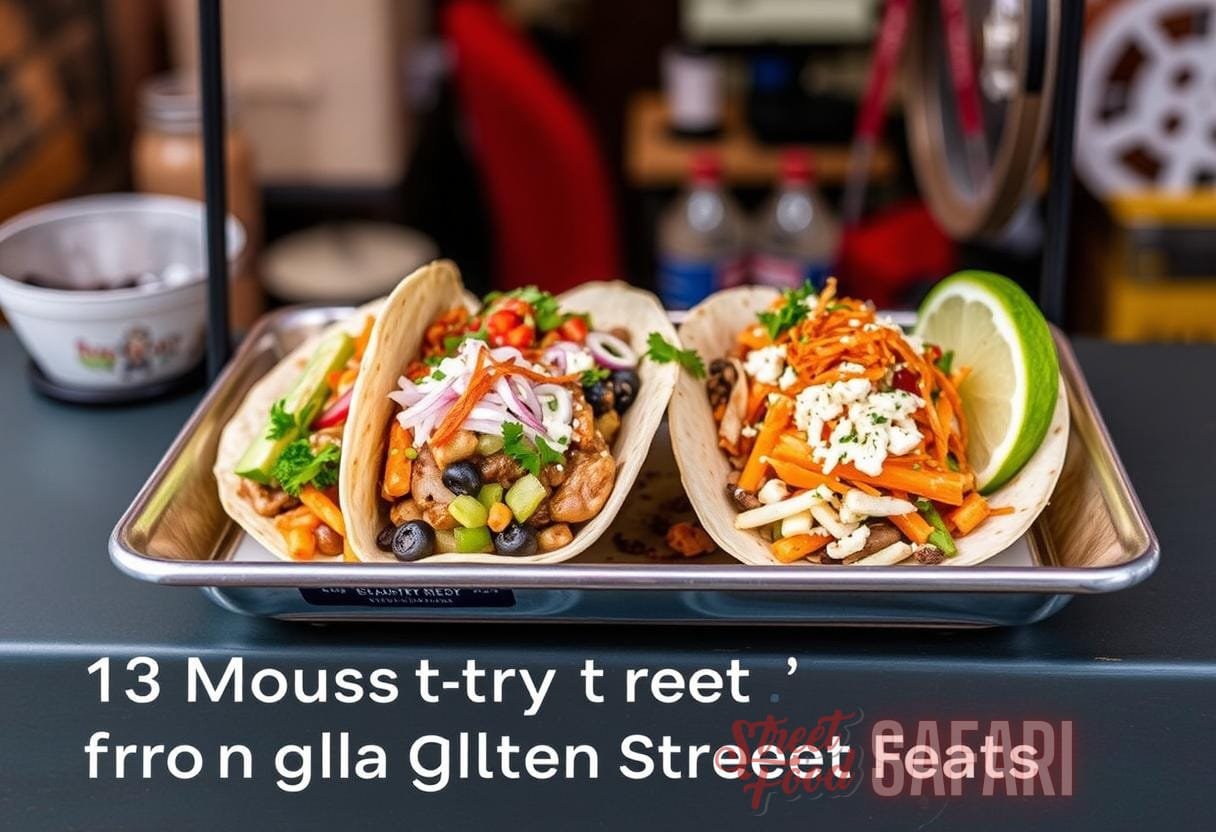Title: From Streets to Science: Decoding the Culinary Evolution of Urban Delights
The vibrant streets of cities around the world hold a secret that delights the senses and brings people together: street food. From mouthwatering tacos in Mexico City to steaming bowls of pho in Hanoi, street food has become an integral part of urban culture. But have you ever wondered about the origins and the science behind these culinary treasures? In this article, we will take you on a journey through the streets and delve into the fascinating evolution of street food, uncovering the cultural significance and the scientific innovations that make these urban delights so irresistible. Get ready to unravel the secrets of street eats!
The Rise of Street Food: A Glimpse into History
Street food has a rich history that spans across centuries and continents. From Ancient Rome to medieval Europe, vendors have been serving up quick and affordable meals to hungry city-dwellers. In fact, street food was a vital part of urban sustenance during the Middle Ages when most households lacked proper cooking facilities. Fast forward to the 17th century, and street food became an essential component of trade and commerce in bustling port cities like London and New York. As immigrants flocked to these urban metropolises, they brought with them their culinary traditions, resulting in a diverse array of street food offerings.
- The Ancient Romans enjoyed street food such as baked goods and sausages.
- In medieval Europe, markets were filled with food stalls selling everything from roasted meats to pies.
- Tea houses and street food carts were popular in 17th century London.
- New York City saw the rise of hot dog stands and pretzel vendors in the late 19th century.
- The global influence of street food can be seen in cities like Singapore, Bangkok, and Istanbul.
Today, street food is no longer just a survival necessity; it has become a cultural phenomenon. Street vendors have perfected their recipes over generations, creating signature dishes that reflect the local flavors, spices, and ingredients. In many cities, street food has evolved into an art form, attracting both locals and tourists alike. The popularity of street food festivals and food trucks further prove that people are craving the unique experience of eating delicious, authentic food in the bustling atmosphere of an urban street.
The Science of Street Food: Unraveling the Culinary Innovations

Behind every mouthwatering bite of street food lies a fascinating mix of culinary techniques, scientific principles, and innovative cooking methods. Street vendors often work in tight spaces, without access to sophisticated equipment or modern kitchens. As a result, they have developed ingenious methods to prepare delicious food with limited resources. Let’s dive into the science of street food and discover how these culinary experts create urban delights.
1. Maillard Reaction: The Secret to Flavorful Grilled Meats
One of the hallmarks of street food is the irresistible aroma and flavor of grilled meats. Whether it’s a skewer of succulent kebabs or sizzling tacos al pastor, the secret lies in the Maillard reaction. This chemical reaction between amino acids and reducing sugars occurs when heat is applied to food, creating a complex flavor profile and a browned, crispy exterior. Street vendors have mastered the art of grilling, knowing just the right amount of heat and cooking time to achieve that perfect flavor.
Internal Link: To learn more about the global fusions of street food, check out our in-depth exploration of Global Fusions in Street Eats.
2. Wok Hei: The Smoky Essence of Stir-Fried Delights
Walk down the streets of any bustling Asian city, and you’ll be greeted by the sights and sounds of sizzling woks. Stir-frying is a staple cooking technique in street food across Asia, and the secret behind the flavorful dishes lies in something called wok hei. Wok hei, which translates to “breath of the wok,” refers to the smoky essence that infuses stir-fried dishes, imparting a unique aroma and charred flavor. Achieving wok hei requires high heat, a seasoned wok, and the skillful tossing and flipping of ingredients.
Internal Link: For an in-depth exploration of street eats from various regions, check out our article on Street Eats Explorations.
3. Fermentation: Unlocking Complex Flavors Through Time
Fermentation is a technique that has been used for centuries to preserve and enhance the flavor of food. From kimchi in Korea to sauerkraut in Germany, fermented foods play a significant role in street food culture around the world. Fermentation not only extends the shelf life of ingredients but also unlocks complex flavors through the action of beneficial bacteria and yeasts. Street vendors often incorporate fermented ingredients like pickles, sauces, and condiments, adding layers of depth and tanginess to their dishes.

4. Innovation in Limited Spaces: Maximizing Flavors
Street vendors face a unique set of challenges when it comes to cooking. Limited space, lack of refrigeration, and the need for quick turnaround times all contribute to the innovative techniques used by street food chefs. These creative solutions often result in surprising flavor combinations and unique cooking methods. For example, in Hanoi’s Old Quarter, a famous street food dish called cha ca la vong is prepared on tiny charcoal grills right at the table, allowing diners to experience the sizzling fish fillets and fragrant herbs up close.
Cultural Significance: Street Food as a Reflection of Society
Street food not only offers a delicious culinary experience but also serves as a reflection of the vibrant cultures and communities that thrive on urban streets. The diversity of street food is a testament to the multiculturalism of cities and the intermingling of different culinary traditions. Let’s explore the cultural significance of street food and how it has become an integral part of urban life.
1. Cultural Identity and Heritage
Street food has a unique ability to capture the essence of a culture and its culinary heritage in a single bite. Whether it’s the tangy flavors of tandoori chicken in India or the aromatic spices of jerk chicken in Jamaica, street food showcases the unique flavors and techniques that define a nation’s cuisine. For many, street food is a connection to their roots, a taste of home, and a celebration of cultural identity.
2. Social and Economic Fabric
Street food vendors are often an integral part of the social fabric of cities, providing not only food but also a sense of community and camaraderie. They create gathering places where people from all walks of life can come together, share a meal, and exchange stories. In many developing countries, street food vending is an important source of income for thousands of families, contributing to the local economy and providing livelihoods for vendors.
Conclusion: Unraveling the Secrets of Urban Delights
From the ancient streets of Rome to the bustling markets of Bangkok, street food has evolved into a global culinary phenomenon. The rich history, scientific innovations, and cultural significance of street food make it a fascinating subject to explore. We have embarked on a journey through the streets, decoding the culinary evolution of urban delights, and uncovering the secrets behind their irresistible flavors. The next time you take a bite of a piping hot dumpling or indulge in a savory falafel wrap, remember the centuries of culinary heritage and scientific mastery that have gone into creating these street food treasures.



